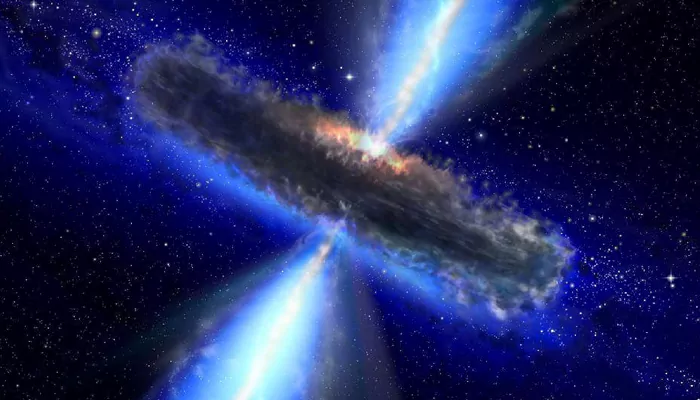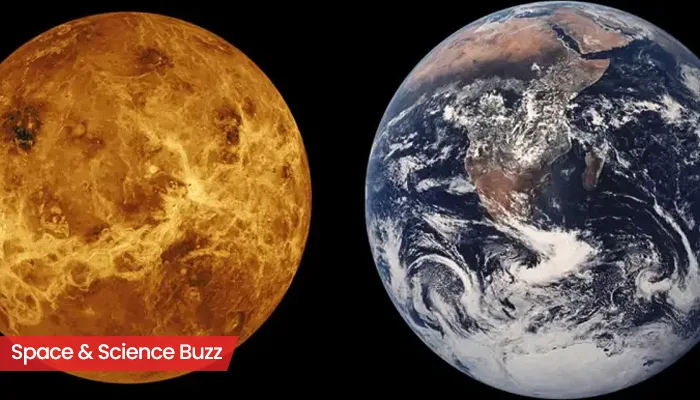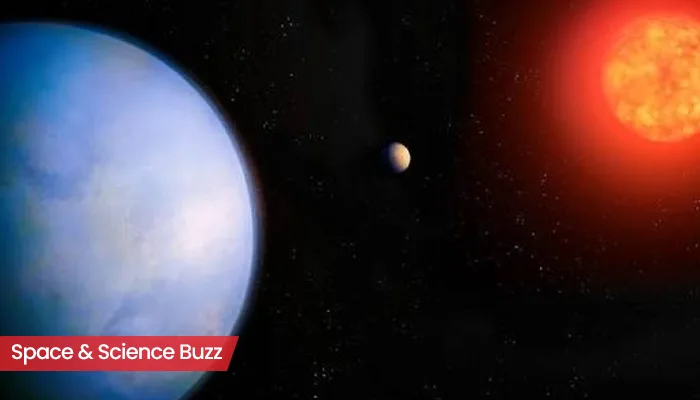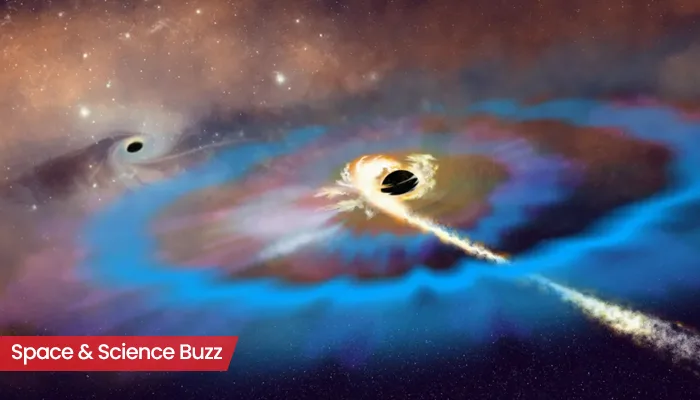
Here are today’s most important updates from the realm of Science and Space.
Latest Study Reveals Unsettling Truth: Wildlife Fears Humans More Than Fierce Lions
Despite lions' power and capacity for hunting, a recent study has confirmed that wildlife on the African savanna are more afraid of humans than the king of the jungle. During the experiment, in a protected area known for its large lion population, wild animals reacted more strongly to human sounds, perceiving them as a significant threat. "Not just through habitat loss and climate change and species extinction, which is all important stuff. But just having us out there on that landscape is enough of a danger signal that they respond really strongly. They are scared to death of humans, way more than any other predator,” according to researchers from Western University in Canada.
Galactic Ocean Found: Colossal Water Reservoir Holds 100 Trillion Times Earth’s Oceans

A massive water reservoir has just been detected in the universe. An international team of researchers have discovered a region in space containing at least 100 trillion times all the oceans on the Earth combined. This massive water body is situated around an active quasar named APM 08279+5255, which is 12 billion light years away from our earth. Additionally, one supermassive black hole is also situated at the centre of this quasar, which is one of the largest objects ever discovered in the universe. The weight of the black hole is equivalent to 20 billion suns, capable of producing energy of one trillion suns. The observations were made possible using Z-Spec spectrograph at the Caltech Submillimeter Observatory in Hawaii.
NASA’s Perseverance Rover Finds Green Spots: Is Life Possible on Mars?
Extremely detailed view of Mars by Curiosity Rover.
— Curiosity (@MAstronomers) November 2, 2024
That's actual sound on Mars recorded by Perseverance Rover. pic.twitter.com/Ls9SQDlXRK
(Credit - X/@MAstronomers)
In its latest discovery, NASA's Perseverance rover observed something strange in the Malgosa Crest abrasion patch, at a location named "Serpentine Rapids". The images captured by SHERLOC WATSON camera revealed white, black and, surprisingly, green-ish spots on the rock. The abrasion patch measured 5 centimeters in diameter and the large green spot was approximately 2 millimeters in diameter. These observations support ongoing or past chemical reactions to transform oxidized iron to its reduced form, giving a green hue on the rock. However, scientists are yet to distinguish the type of reaction responsible for such green spots observed in the Perseverance's image.
Is Saturn's Moon Titan Hiding Life? Scientists Reveal New Clues
In this @CassiniSaturn view, methane clouds are seen moving across northern regions of Saturn’s largest moon Titan: https://t.co/RQwpmVBYEx pic.twitter.com/tgy8OiZ6dP
— NASA (@NASA) November 8, 2016
(Credit - X/@NASA)
A new scientific study led by planetary scientists at the University of Hawaii, has claimed that methane gas might be trapped beneath a distinct crust of Saturn's largest moon, Titan. "We realised something unique to Titan must be making them become shallower and disappear relatively quickly. Using this modeling approach, we were able to constrain the methane clathrate crust thickness to five to ten kilometres [about 3 to 6 miles] because simulations using that thickness produced crater depths that best matched the observed craters" said lead researcher Lauren Schurmeier. Methane clathrate or methane hydrate is a solid compound, trapping a large amount of methane within the crystalline structure of water. Scientists are now focusing on this compound to understand Titan's carbon cycle and changing climate. Notably, methane clathrate are detected in the permafrost of Siberia and below the arctic seafloor. Thus, Titan is giving hope for hospitable worlds to scientists.


.webp)
.WEBP)
.WEBP)
.webp)
.webp)


.webp)
.webp)
.webp)
